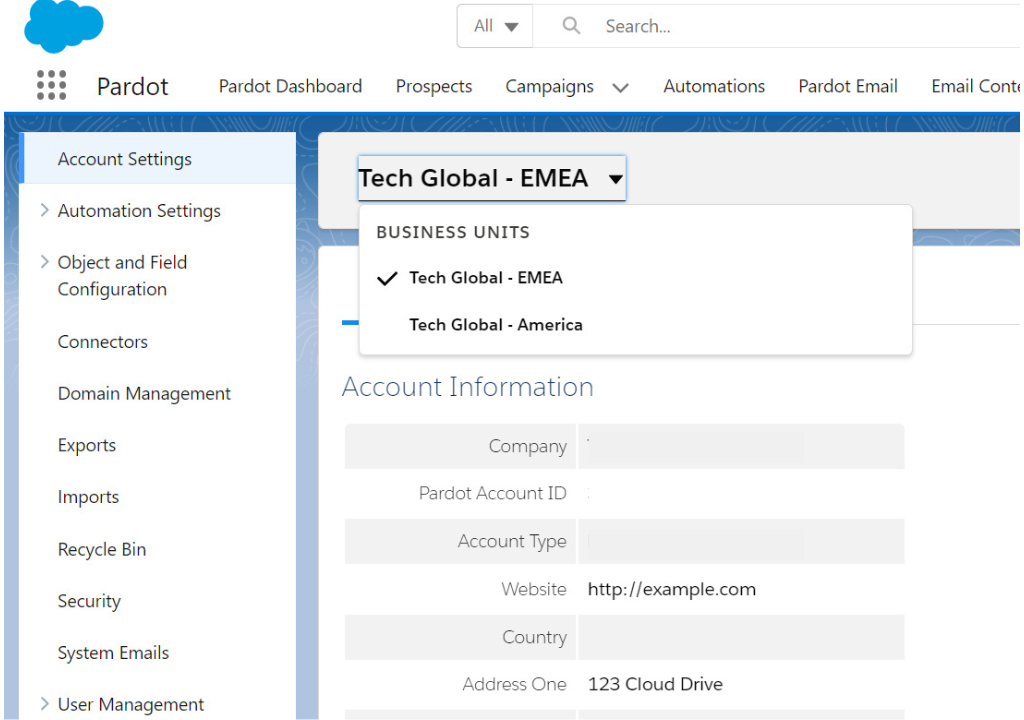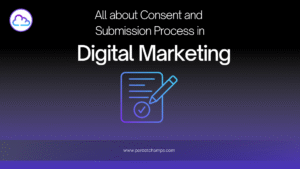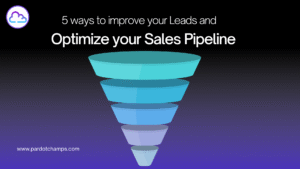Pardot Business Units helps large organizations manage multiple marketing teams, control data access, and deliver personalized campaigns with greater efficiency in Salesforce.
When Pardot officially joined the Salesforce family back in 2013, it was already a powerful B2B marketing automation tool helping sales and marketing teams align through lead generation, email campaigns, and ROI tracking.
But as the marketing landscape changed—particularly with the rise of multinational brands, regional segmentation needs, and growing data privacy expectations—so did the need for more granular control over how marketing data and campaigns are managed.
That’s where Pardot Business Units come into play.
What Are Pardot Business Units?
Pardot Business Units are a strategic enhancement designed specifically for large enterprises and multi-brand organizations. They allow you to partition your marketing efforts within a single Salesforce org. In essence, each business unit acts as a standalone Pardot environment that can be aligned with a specific brand, region, product line, or division—offering clean separation of data, users, and assets.
Prior to this feature, organizations with multiple divisions had to purchase entirely separate Pardot instances—often resulting in complex integrations, inconsistent data, and fragmented analytics. They eliminate that pain by enabling centralized governance with localized execution.

Who Can Use It?
These Business Units are available to customers on the Pardot Advanced Edition (and above), specifically those who purchased or upgraded on or after February 11, 2019. If you’re an enterprise marketer juggling multiple brands or territories, this is the solution you’ve been waiting for.
Why Business Units Matter in Today’s Marketing Reality
In today’s digital-first world, marketing agility and operational scale are no longer luxuries—they’re survival tools. For large organizations, one of the biggest challenges is delivering personalized, region-specific experiences while maintaining global brand consistency.
Business Units empower marketers to:
- Avoid campaign overlap that results in redundant communications
- Target segmented audiences based on geography, industry, or product line
- Limit user access to only relevant data, ensuring better privacy and compliance
- Gain clarity through analytics by isolating performance across business lines
For example, a global financial services company can create separate Business Units for North America, EMEA, and APAC. Each region can independently manage leads, assets, and journeys—while leadership retains visibility into performance through unified analytics.
Key Benefits of Pardot Business Units
1. Precision in Data Segmentation
With Business Units, you no longer need to “hack” your data model to separate audiences. Each unit operates with its own prospects, campaigns, and assets. This makes segmentation and targeting more effective and dramatically reduces the risk of cross-contamination between regions or brands.
2. Enhanced Compliance and Governance
Regulatory frameworks like GDPR, CCPA, and India’s DPDP Act require strict data controls. The Business Units offer Marketing Data Sharing Rules, allowing you to control exactly which Salesforce records sync to which Business Unit. This helps maintain privacy compliance while reducing risk.
3. Optimized User Roles and Access
Admins can provision users at the Business Unit level, limiting access to only the data and tools relevant to that team. That means fewer mistakes, improved operational clarity, and enhanced security.

4. Streamlined Provisioning
You can set up and manage Business Units directly within Salesforce using the Pardot Setup Assistant. No need for complex external tools or manual provisioning.
5. Centralized Reporting with B2B Marketing Analytics
Even though Business Units operate independently, marketers still get consolidated, cross-unit reporting through B2B Marketing Analytics. This gives enterprise leadership the insight needed to compare performance across regions, brands, or teams.
Real-World Use Case: Enterprise Marketing Simplified
Let’s say a multinational electronics company operates in 10 different countries, offering both B2B and B2C solutions. Without Business Units, separating leads by geography and product focus would be an operational nightmare. Campaigns could overlap. Leads might receive emails in the wrong language. Data privacy laws could be violated unintentionally.
With Pardot Business Units, the company can set up separate environments for each region or customer type. Now, the marketing team in France can focus on French B2B prospects, while the team in Japan manages consumer campaigns—all under the same Salesforce org. Each team sees only what they need. Leadership can compare success metrics in real-time. Compliance becomes easier. Productivity soars.
What’s Included in The Business Units?
Here’s a breakdown of what you can expect when using Business Units:
- Marketing Data Sharing Rules to determine which records sync between Salesforce and Pardot
- User Role Assignment per unit, ensuring proper data access and permissions
- Setup Assistant in Salesforce for streamlined unit creation
- B2B Marketing Analytics Integration for unified performance reporting
- Custom Asset Libraries for templates, email content, and campaign flows
Things to Keep in Mind
- You must be on Pardot Advanced or Premium Editions
- Business Units do not share data with one another—each unit is isolated
- Reporting across units requires B2B Marketing Analytics (not available in base packages)
- Provisioning and user access setup requires admin-level permissions
- Ideal for organizations with clearly segmented teams, brands, or geographies
Final Thoughts: A Modern Solution for Modern Marketers
Business Units aren’t just a technical enhancement—they’re a strategic enabler. They empower enterprise marketing teams to strike the perfect balance between centralized control and localized execution.
In an era where personalization, compliance, and agility are table stakes, this feature allows you to scale your marketing operations without compromising security or customer experience. If your business is growing, diversifying, or expanding across regions, now is the time to embrace Business Units.
Quick Recap: Why Business Units Matter
✅ Segment data across regions, brands, or business lines
✅ Ensure compliance with data privacy regulations
✅ Prevent campaign overlap and audience fatigue
✅ Align global vision with local execution
✅ Boost operational efficiency and team autonomy
If you’re exploring how to structure your enterprise marketing for the future—or looking for ways to maximize your investment in Marketing Cloud Account Engagement—Pardot Business Units offer the scalability, control, and clarity your team needs.
Have you implemented Business Units yet? Share your experience or questions below. Let’s grow smarter, together.
Need help setting up or optimizing Pardot Business Units?
Pardot Champs offers expert guidance and implementation support for growing teams and established enterprises. Get in touch to future-proof your marketing automation.
Happy Marketing! 🚀






